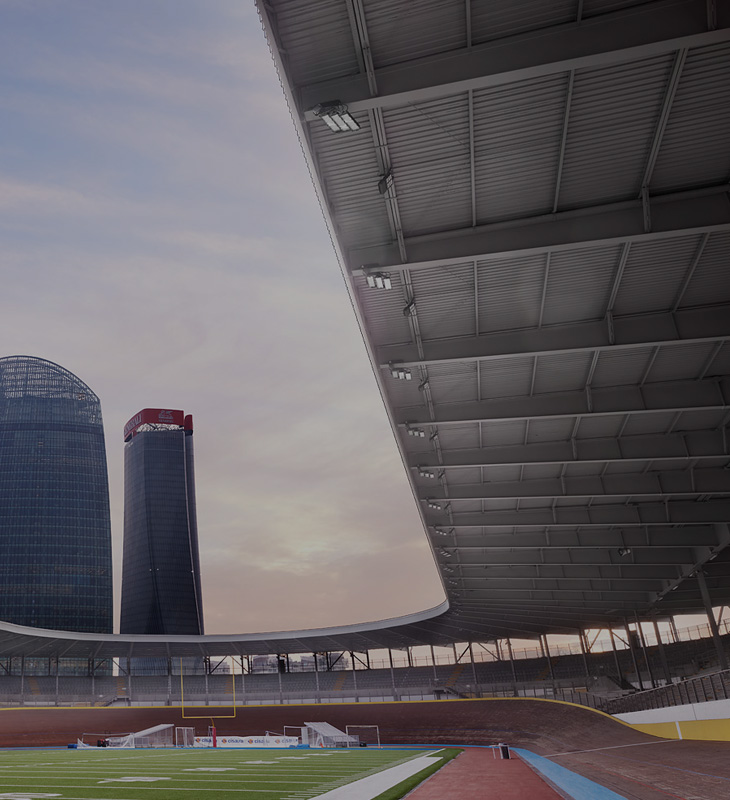
Electrical engineer. She writes about home & building automation, lighting, comfort, emobility, energy efficiency and sustainability for the website Elettricomagazine and the technical magazine ONEnergy.
Lighting is a crucial element in so many respects and in all kinds of environments: it ensures the functionality and use of spaces, improves visual comfort, increases safety and, if needed, helps create the right atmosphere for any event. This is why lighting is the focus of continuous study and innovation, aimed at improving visual experience and energy efficiency.
Since its beginnings, the lighting sector has passed through a series of technological evolutions. Some of the most important changes in recent times include the introduction of LEDs, increasingly precise and customised lighting control and management, the Internet of Thingsand advanced connectivity.
LEDs: so many advantages
One of the major changes has been the introduction of LEDs (Light Emitting Diodes) that have rapidly replaced traditional incandescent and fluorescent light bulbs. LED lighting offers a series of advantages, such as increased energy efficiency, a life span of 25,000-50,000 hours or more, versatile management of colour and intensity and flexibility of use.
LEDs are extremely efficient in terms of energy. This ensures the first and most obvious benefit: a notable saving on energy costs. They offer superior light quality, in a range of colours that can be easily regulated to meet different application requirements. Furthermore, they provide an even, unflickering light that improves visual comfort and reduces eye fatigue.
Thanks to their compact and versatile nature, they can be used for street lighting and industrial illumination or for the lighting of buildings and monuments. They also offer creative and customisable lighting solutions. Their application possibilities are almost limitless.
LEDs are easy to integrate with smart control and automisation systems, allowing the adjustment of light intensity and colour via mobile devices or voice commands. This capacity for integration makes them a key component in smart buildings, contributing to more efficient and adaptable lighting.
From lighting control and customisation to smart lighting
The control of lighting systems has been an established topic for some time, yet even here technological developments have opened new horizons and opportunities. To name a few, the first automation solutions include presence sensors, twilight sensors and dimmable devices. Advanced control systems and the Internet of Things now offer optimised management capable of ensuring multiple benefits, such as energy savings, and therefore economic savings.
Thanks to these innovations, lighting has become smart, interconnected, digital and manageable remotely. Connection is the concept that underpins smart lighting, permitting the construction of a highly efficient network where the various lighting systems inside a building can be monitored and governed in an optimal manner, from wherever you happen to be interacting with them.
Smart lighting solutions offer a customised and interactive experience that not only improves energy efficiency but also the visual comfort of the users. These systems can detect the presence of people, automatically adapt to daylight conditions and offer pre-set scenarios to suit different activities.
There are countless applications, for any environment. For example, smart street lights are becoming the norm in urban lighting, combining a series of other options with their main function (i.e. lighting), such as the collection of air quality data or traffic monitoring.
In Industrial environments, good lighting can reduce errors and increase operating efficiency. In warehousing and manufacturing facilities, lighting can be adapted in real time to respond to operating needs, such as illuminating specific areas only when necessary, thus reducing energy consumption.
In a smart building, the use of smart lighting systems enables a 20-50% reduction in energy consumption, depending on the usage and specific context of the building.
Another distinctive characteristic of smart lighting systems is the ability to continually monitor the status of lights and report any problems or maintenance requirements. This predictive approach reduces downtime and maintenance costs and is particularly popular in smart buildings and industry.
With the integration on IoT technology and data analysis, these systems continue to evolve, offering new opportunities to improve sustainability and economic competitiveness.
Human Centric Lighting
One aspect that has emerged in the lighting sector in recent years is Human Centric Lighting (HLC), which focuses on improving human well-being through lighting designed to support our natural circadian rhythms. This type of lighting can vary lighting colour temperature and intensity, to mimic the variations of natural daylight.
Hospitals, care homes, offices, factories and schools are areas of application in which Human Centric lighting design can be most effective. In these sectors, lighting is progressively becoming a tool that helps improve quality of life, well-being and, in the case of workplaces, even productivity.
These developments are just the beginning of a continual process of development that will make lighting increasingly efficient, customised and sustainable.
Discover the Related Range
Show other categories










![VISIO [16]<br />
LED Panel VISIO [16]<br />
LED Panel](/content/dam/gwdam/product/GW/10/02/52/37/GW10025237.jpg.transform/287x287/5fc3c68554e43b7e07e5385ab6381fe75392f08c/img.jpeg)
![SMART [3]<br />
LED watertight luminaires SMART [3]<br />
LED watertight luminaires](/content/dam/gwdam/product/GW/10/02/22/29/GW10022229.jpg.transform/287x287/d224abf03da898daef3b3b4aecde62a282dbef06/img.jpeg)
![SMART [4]<br />
Special Versions SMART [4]<br />
Special Versions](/content/dam/gwdam/product/GW/10/02/40/43/GW10024043.jpg.transform/287x287/e29c219dc5ee6a50275aba5f08f793b2a6d36cc2/img.jpeg)
![SMART [PRO] 2.0<br />
Medium and high power LED floodlight devices SMART [PRO] 2.0<br />
Medium and high power LED floodlight devices](/content/dam/gwdam/product/GW/10/02/38/74/GW10023874.jpg.transform/287x287/7444327cf35800b597c654fa9a6cb6e4f16ad777/img.jpeg)




























